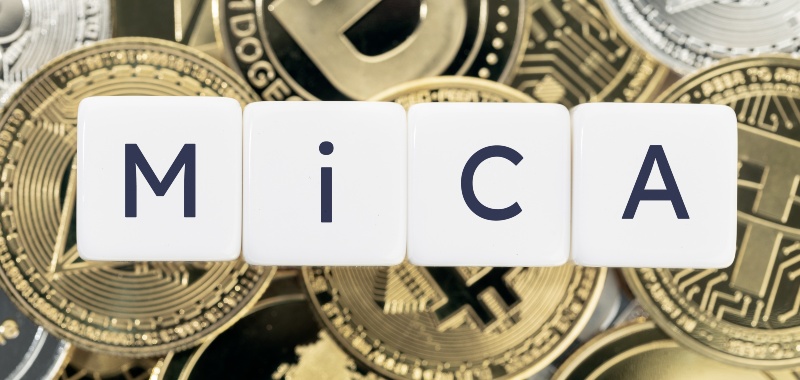
Analysis of the ESMA’s final report
On 25 March, the third and final consultation package of the European Securities and Markets Authority (ESMA) was published.This package focuses mainly on the new requirements that will apply to crypto-asset service providers in the detection and prevention of market abuse, as well as investor protection and operational resilience. In this article, we will look at the section on market abuse detection and prevention.
MiCA represents a milestone in the regulation of cryptoassets within the European Union. Its Title VI is particularly significant as it sets out a detailed framework to deter market abuse in crypto-asset trading, underlining the EU’s commitment to investor protection and market integrity. This framework provides the following guidelines to all crypto-asset service providers:
Market Abuse Prevention
Title VI of MiCA explicitly prohibits three abusive practices:
- The use of privileged information.
- The unlawful disclosure of internal information.
- Market manipulation.
These bans not only seek to protect investors, but also to ensure the integrity and transparency of the crypto-asset market.
Obligations of PPAETs
One of the key provisions is Article 92(1) of MiCA, which imposes on persons who organize or execute transactions professionally (PPAETs) the obligation to implement effective arrangements, systems and procedures to prevent and detect market abuses. This requirement extends to the obligation to report any reasonable suspicion of market abuse to the competent authorities of the relevant Member State.
This approach is crucial because it recognizes the need for continuous and proactive vigilance in the crypto-asset market, similar to established practices in traditional financial markets.
Cross-border coordination
Article 92(2) of MiCA confers on the European Securities and Markets Authority (ESMA) the task of developing regulatory technical standards (RTS) that specify the appropriate arrangements, systems and procedures to comply with Article 92(1). These standards should also include a standard format for suspicious transaction reports (STRs) and coordination procedures between competent authorities in cases of cross-border market abuse, as we will explain below.
This mandate for cross-border coordination is innovative in that, although it is a novelty compared to MAR, it establishes a framework for cooperation and exchange of information between the competent authorities of different Member States. This is essential in a crypto-asset market that, by its nature, is global and digital, making it easier to detect and sanction market abuse beyond national borders.
Template for STORs
When we talk about STORs, we are referring to suspicious transaction reports. ESMA considers that this report should be presented in a template and that it will include several fields that allow the identification of the person submitting the STOR, as well as the transaction or order in question, the description of the suspicion and, where possible, the identity of the suspect. The template should also provide additional information and supporting documentation that may be useful in the context of the report. It is important that the template is adapted to reflect the specificities of crypto-asset markets, such as the identification of the crypto-asset (including the type of crypto-asset and/or trading pair) or the type of DLT technology used when the reported behaviour is related to aspects of the operation of DLT.
Proportionality and Specificity
ESMA also attaches importance to the type of entity, and suggests that technical standards should be based on the principle of proportionality, considering the size and nature of the business activity and the risk that these activities pose to the market. This is crucial to ensure that regulations are not unduly burdensome for smaller traders, while remaining effective in preventing and detecting suspicious activity in the crypto-asset market.
Thus, this report focuses, among others, on Title VI of MiCA, which establishes a robust and detailed framework for the prevention of market abuse in the trading of cryptoassets, aligning these regulations with the best practices already established in traditional financial markets. The broadening of the scope to include all aspects of distributed ledger technology and cross-border coordination, along with the focus on proportionality, ensure that MiCA not only protects investors but also promotes a transparent and fair crypto-asset market within the European Union. This comprehensive approach will be able to serve as a model for other jurisdictions seeking to regulate the growing crypto asset market effectively.
At Lestslaw we can advise you within the framework of the MiCA Regulation and on the adaptation of your company to the new regulations.

Senior Lawyer IP/IT
María José cuenta con experiencia profesional en Derecho de las Nuevas Tecnologías, en Derecho de Contratos Comerciales, Regulatorio y Compliance.







